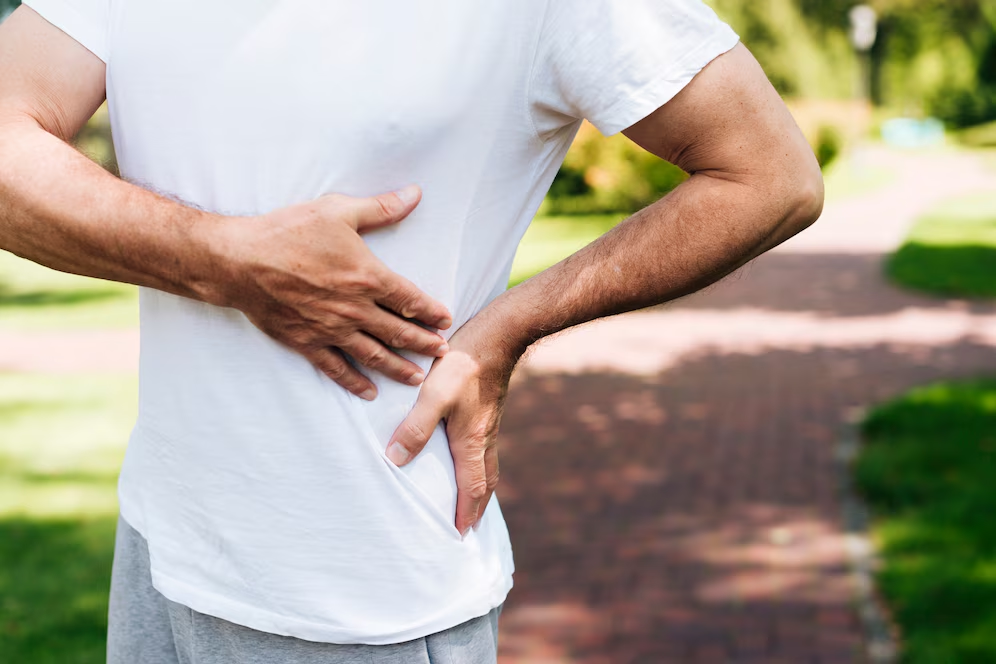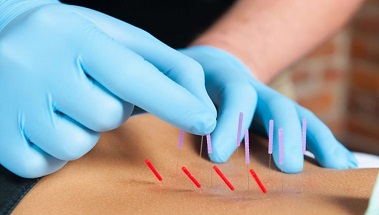3 Reasons You May Be Experiencing Knee Pain and How to Find Relief
Knee pain is a common complaint that can significantly impact daily life and hinder mobility. While knee pain can arise from various factors, understanding the specific reasons behind it is crucial for effective management and relief. In this comprehensive blog post, we'll explore three common reasons for knee pain, shedding light on the anatomy of the knee, potential causes, and practical solutions for finding relief.
SECTION 1: ANATOMY OF THE KNEE
Before delving into the reasons for knee pain, it's essential to have a basic understanding of the knee's anatomy. The knee is a complex joint that connects the thigh bone (femur) to the shin bone (tibia). It consists of bones, ligaments, tendons, and cartilage, all working together to provide stability and facilitate movement. The kneecap (patella) adds an additional layer of protection, ensuring the smooth functioning of the joint.
SECTION 2: COMMON REASON 1 – OSTEOARTHRITIS
Osteoarthritis (OA) is a prevalent cause of knee pain, especially in aging individuals. This degenerative joint condition occurs when the protective cartilage that cushions the ends of the bones wears down over time. As a result, bones may rub against each other, causing pain, swelling, and stiffness.
Potential Causes:
Aging and natural wear-and-tear of the joints.
Joint injuries or trauma.
Genetic predisposition.
Obesity, which places additional stress on weight-bearing joints.
Finding Relief:
Low-impact exercises like swimming and cycling.
Weight management through a balanced diet.
Physical therapy to strengthen surrounding muscles.
Medications for pain management.
SECTION 3: COMMON REASON 2 – LIGAMENT INJURIES
Ligaments are tough bands of tissue that connect bones and provide stability to the knee joint. Injuries to these ligaments are a leading cause of knee pain, often resulting from sudden twists, blows, or over extension of the joint. Two primary ligaments prone to injury are the anterior cruciate ligament (ACL) and the medial collateral ligament (MCL).
Potential Causes:
Sports-related injuries, particularly in activities involving sudden stops or changes in direction.
Accidents or trauma, such as a fall or collision.
Repetitive stress on the ligaments over time.
Finding Relief:
Rest and avoiding activities that exacerbate the pain.
Physical therapy to strengthen and stabilize the knee.
Bracing or splinting for additional support.
Surgical intervention in severe cases.
SECTION 4: COMMON REASON 3 – MENISCUS TEARS
The meniscus is a rubbery, C-shaped disc that cushions the knee, absorbing shock and promoting smooth movement. Tears in the meniscus can occur due to sudden twisting, lifting, or heavy impact on the knee joint. Meniscus injuries are particularly common among athletes but can affect anyone.
Potential Causes:
Sudden twisting or turning of the knee.
Lifting heavy objects with improper body mechanics.
Degeneration of the meniscus with age.
Finding Relief:
Rest and avoiding activities that worsen the pain.
Ice and compression to reduce swelling.
Physical therapy to strengthen the surrounding muscles.
Arthroscopic surgery for severe cases.
Understanding the reasons behind knee pain is the first step towards finding effective relief and restoring optimal function to the joint. Whether it's osteoarthritis, ligament injuries, or meniscus tears, a tailored approach to treatment, including lifestyle modifications, exercise, and, in some cases, medical intervention, can significantly improve the quality of life for individuals experiencing knee pain. Always consult with a healthcare professional for a proper diagnosis and personalized treatment plan based on your specific condition. By addressing the root causes and adopting proactive measures, you can embark on a journey towards better knee health and overall well-being. Having mobility or pain issues with your knees? Call progress health physio at 587-274-2440 & book an appointment.










